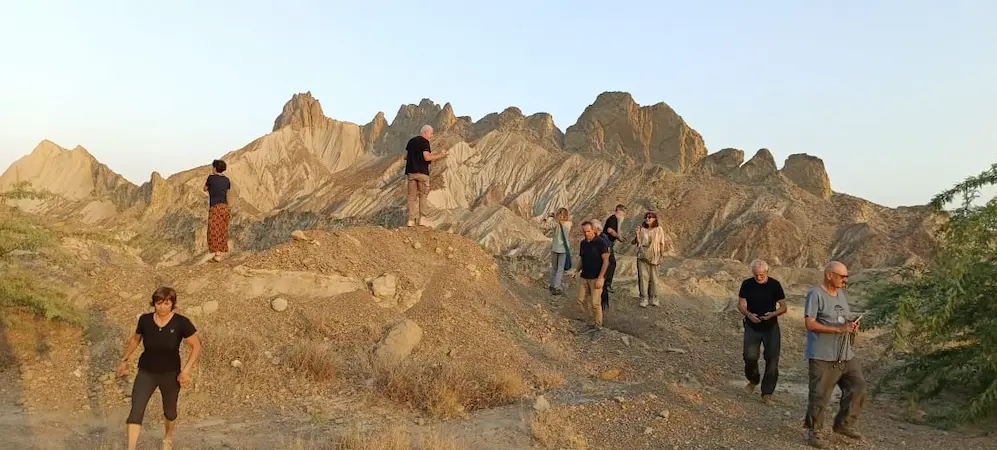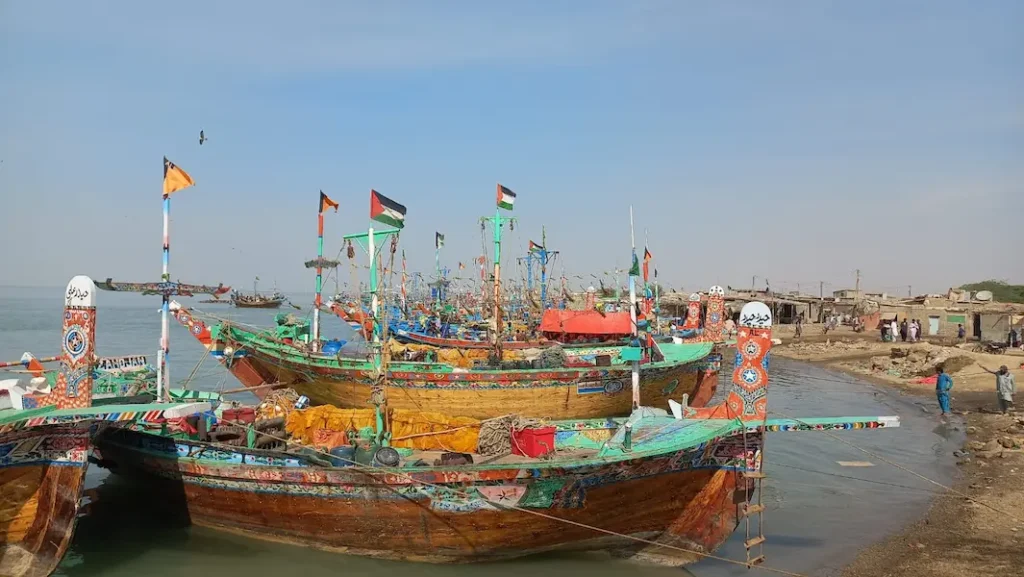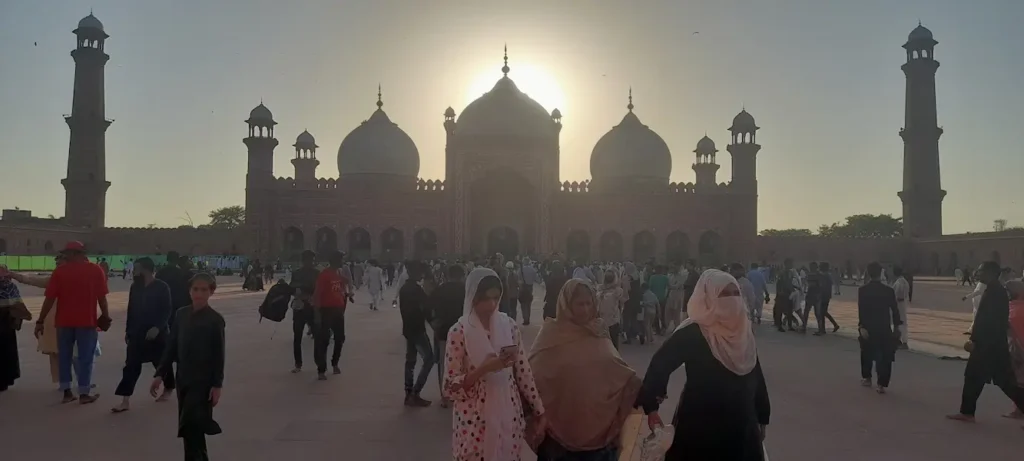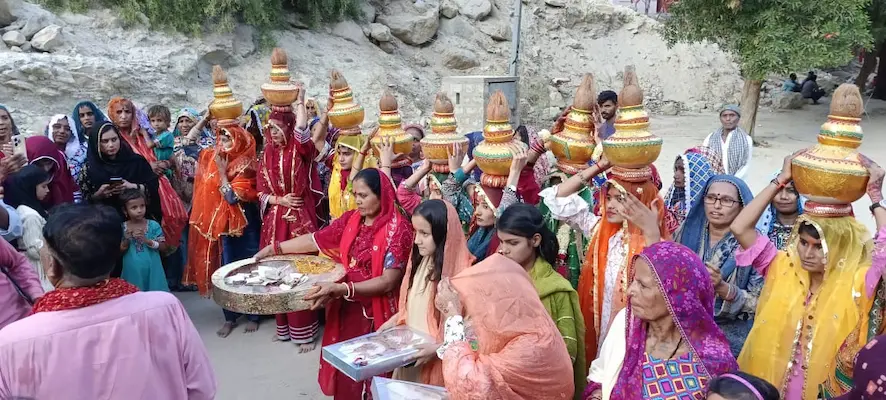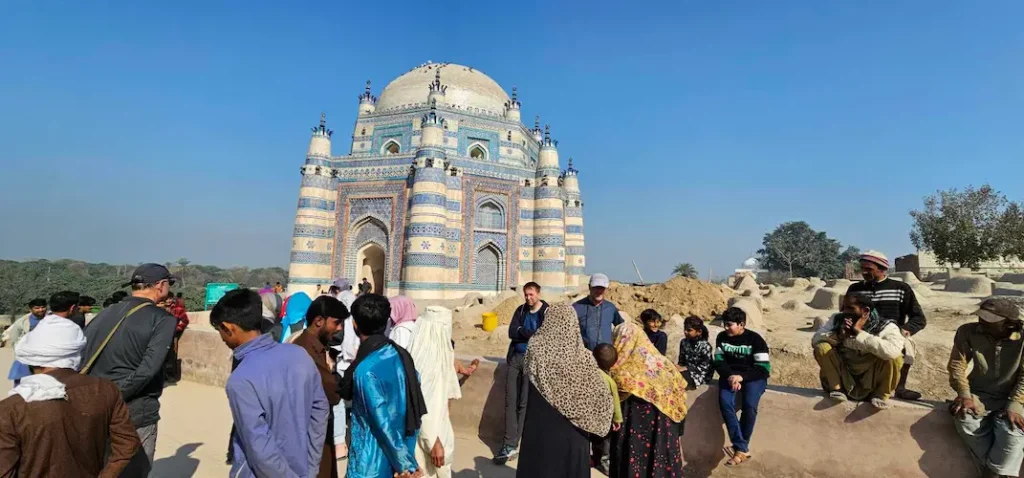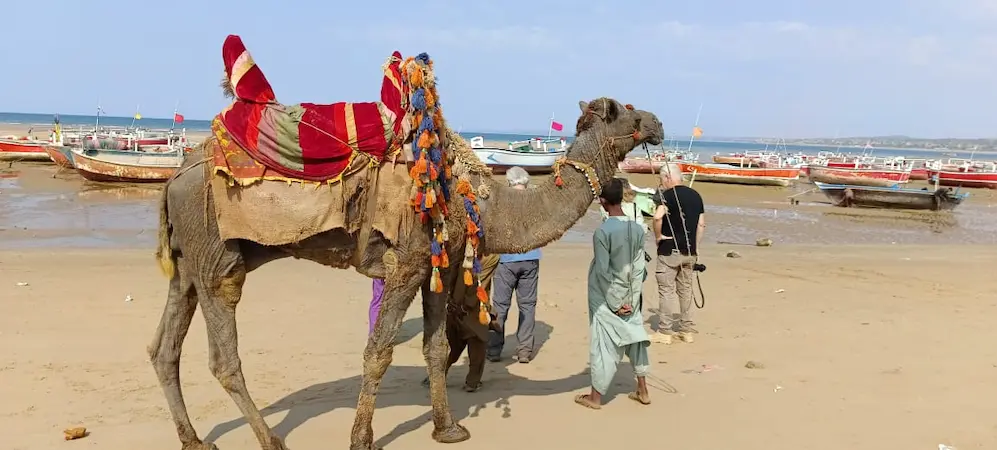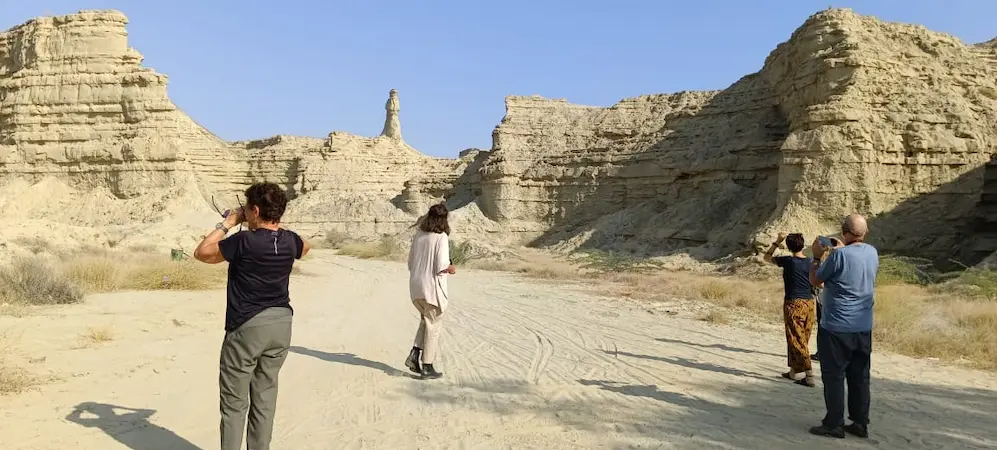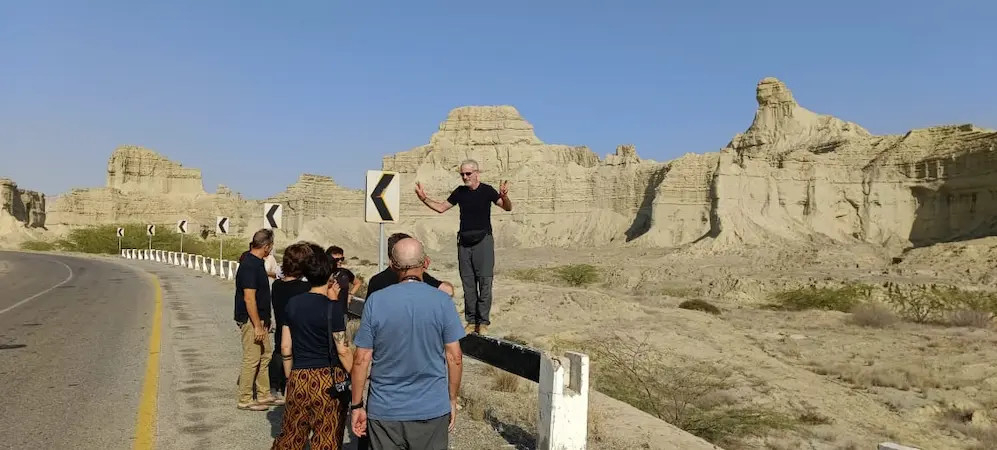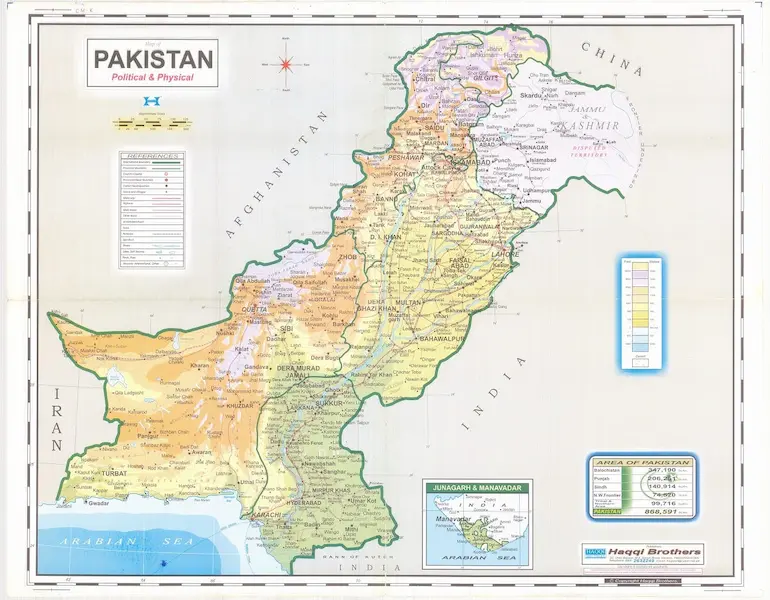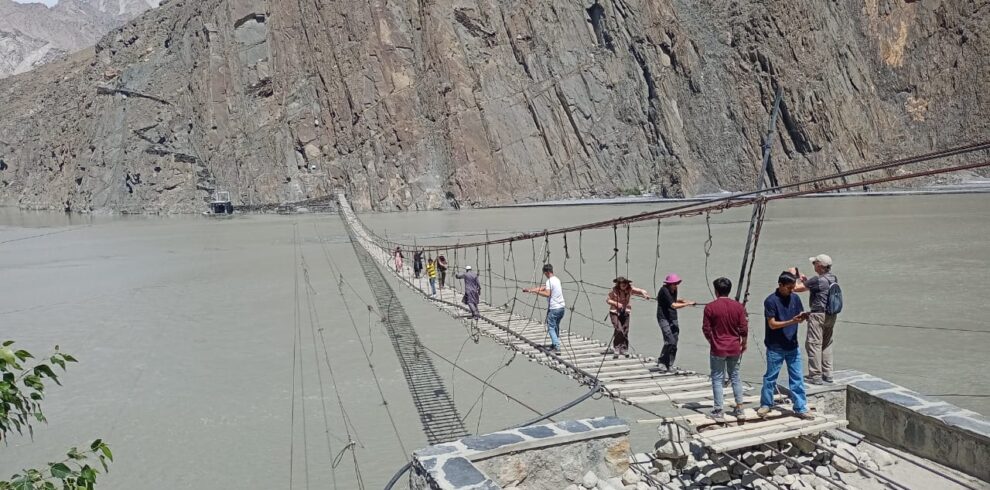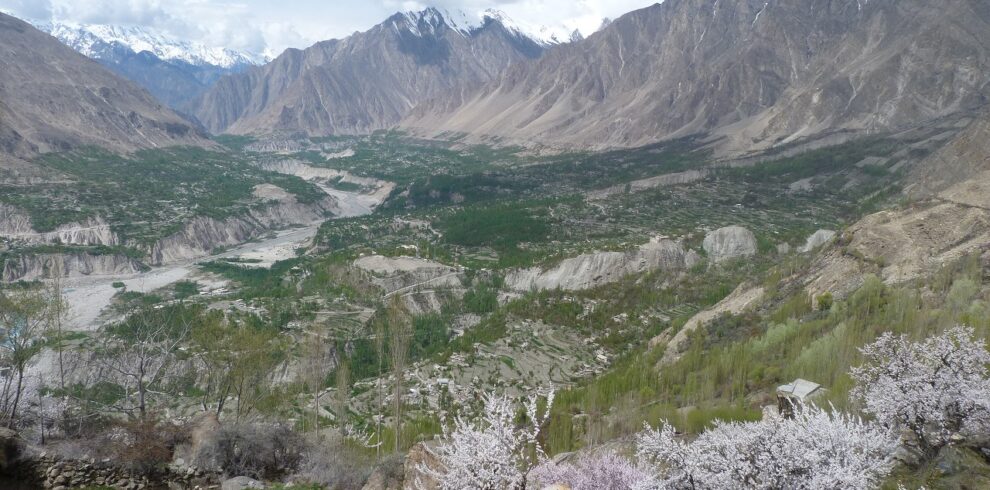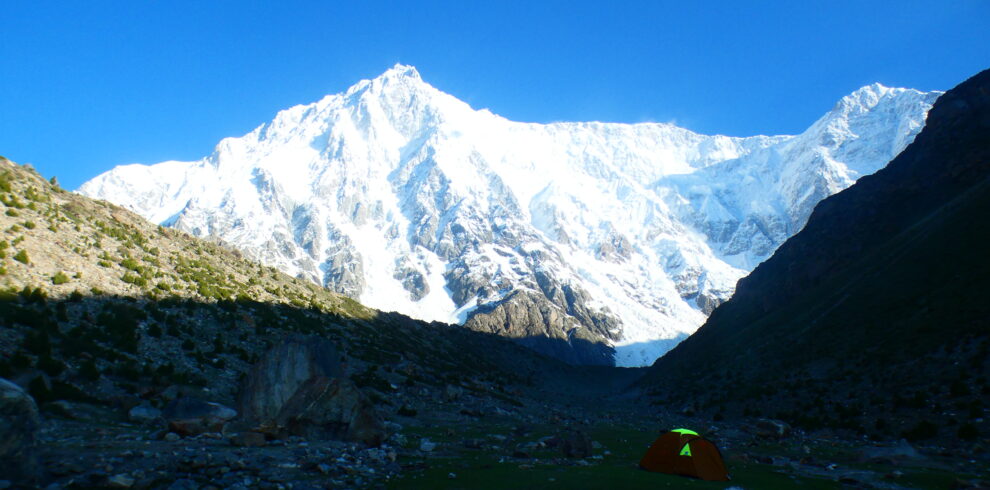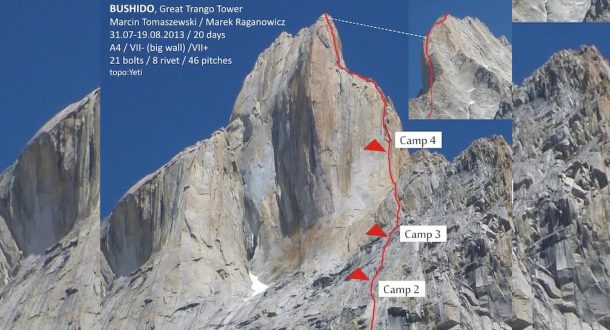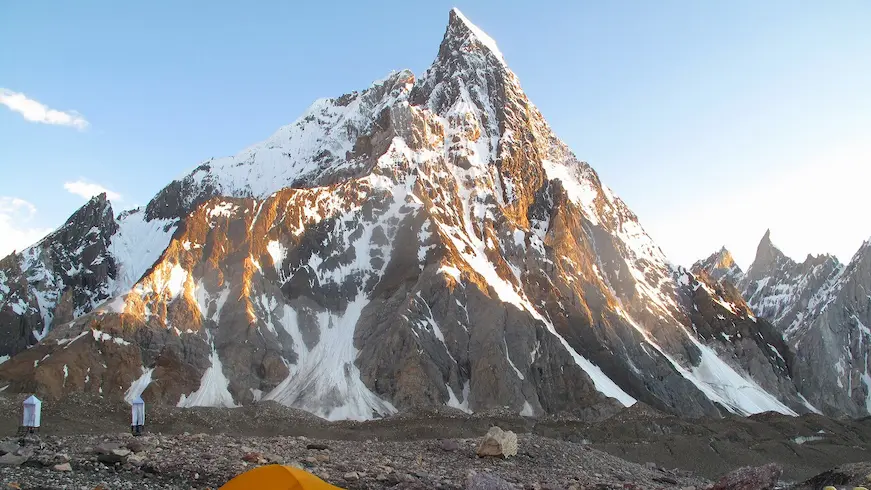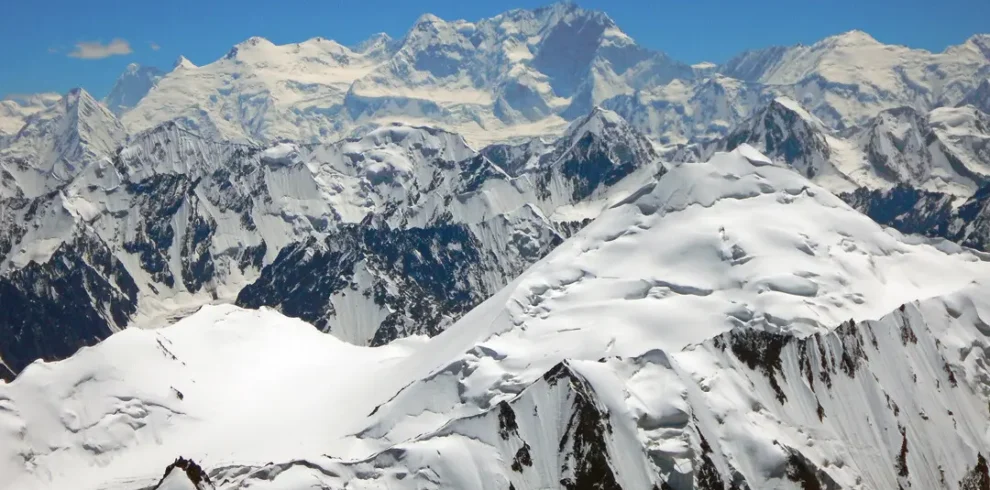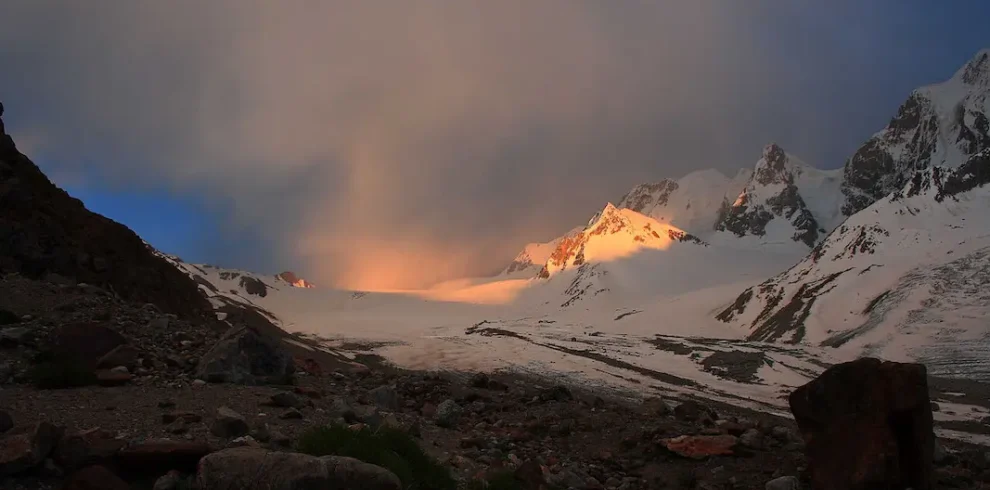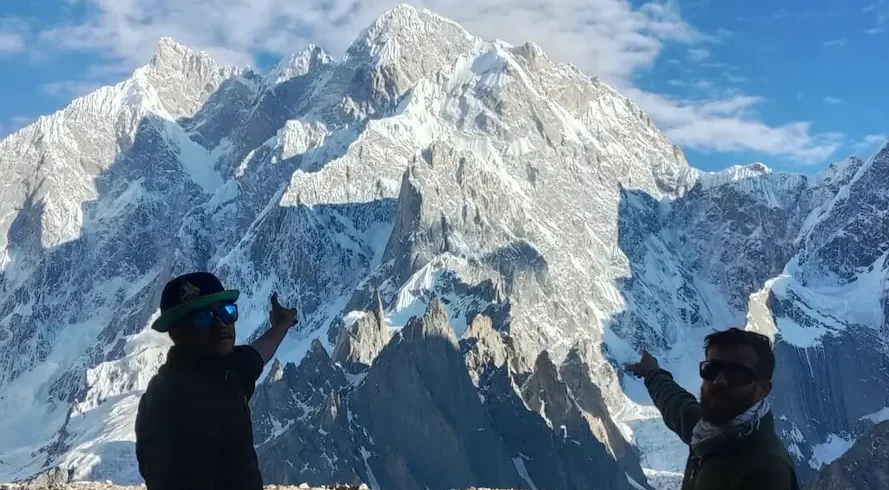-
2-3 stars hotels (in some places best available)
-
Islamabad
-
Karachi
-
Guided
-
English
-
Breakfast, lunch and dinner (normally included)
-
Yes
-
Car or Van/ grand Cabin 13 seats or Coaster/minibus, 21seats
-
18
-
75
Explore South Pakistan
When traveling in Pakistan from Islamabad to Karachi, you will discover a wealth of historical sites and UNESCO World Heritage sites, including extraordinary mosques, Mughal monuments, Buddhist monasteries, Hindu temples, and Greco-Bactrian ruins. You will have the opportunity to meet hospitable people, explore colorful bazaars, taste local food, and take photographs. Additionally, you can witness traditional musicians playing sitar and tabla at Shines and experience the authentic village life in the South of Pakistan.
Your journey will begin in Lahore, the historical capital of Pakistan, where you can explore the Mughal architecture of the 16th century, including the Badshahi Mosque and the Royal Fort of Akbar. In Multan, you can delve into the renowned City of the Sufis and venture into the deserts of Cholistan to see the imposing fortress of Derawar. You will also visit the UNESCO World Heritage ruins of Mohenjo-daro, the Indus Valley archaeological sites, which date back 5000 years and are comparable to Mesopotamia and Egypt.
Continuing your travels, you will head to Hyderabad, the second-largest city in the Sindh province of Pakistan, and from there, visit Thar, located in the south of Pakistan’s Sindh province. Thar desert is home to many varieties of indigenous trees, herbs, and grasses. Your journey will culminate in Karachi, the largest city in Pakistan with a population of 22 million people, which serves as the capital of Sindh but is home to people from all over Pakistan.
After Karachi, your next destination will be Hingol National Park in Baluchistan, accessible via the Coastal Highway. The park features a unique and otherworldly landscape with rock formations, vast canyons, dramatic views, and even a mud volcano. It is the largest national park in Pakistan, covering over 6,100 sq km and offering diverse ecosystems, including deserts, plains, forests, and mountains. The park is also home to a wide variety of marine life, birds, reptiles, and elusive mammals such as leopards, wolves, and ibex. The park is easily accessible due to the highway running through it and is a popular destination for visitors who come to admire the unique rock formations reminiscent of the Grand Canyon. Other attractions in the park include the Lion of Baluchistan, the Hinglaj Temple, a Hindu temple in a cave, the mud volcano, and the oases, beaches, and local villages.
Higlights
- You will discover the historic and religious reminders of the Moghul, Sikh and British Empires
- 5,000-year-old Indus Valley archaeological sites, comparable to Mesopotamia and Egypt
- Massive mud-brick forts and dome-roofed, tiled tombs set in the desert
- Immersion in everyday exotica, from Pakistan’s painted buses to bustling bazaars to famed blue pottery
- Convergence of Muslim, Hindu, Sufi, Sikh, and other religious traditions
- Visit to a largest national National Park in Pakistan, Hingol National National Park- Baluchistan (encompasses a variety of landscapes, including desert areas, rocky mountains, mud volcanoes, and the scenic Hingol River).

